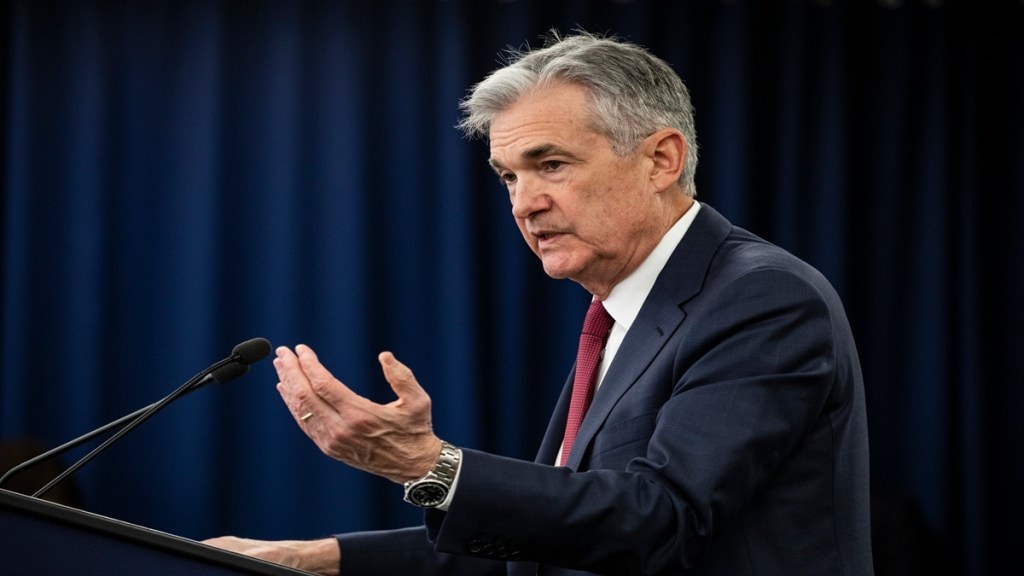The Federal Reserve maintained its key interest rate unchanged in May, which was highly anticipated by the markets. What was more important for the market was the Fed Chair Jerome Powell’s press conference.
Powell communicated his view following the rate decision that the effects of tariffs are still highly uncertain, but that if they remain high, the risks of higher inflation and unemployment will increase.
Meanwhile, U.S. President Donald Trump criticized Federal Reserve Chair Jerome Powell on Thursday as “a fool,” a day after the Fed held interest rates steady.
“‘Too Late’ Jerome Powell is a FOOL, who doesn’t have a clue. Other than that, I like him very much!,” Trump wrote on his social media platform.
Higher employment is one of the factors leading to a slowdown in growth. With rising inflation and slowing growth, the US risks the likelihood of ‘stagflation’.
“The Federal Reserve has finally, “said the quiet part out loud”: stagflation is no longer just a tail risk—it’s now a clear and present danger. For months, policymakers danced around the threat. Now, the masks are off,” says Nigel Green, CEO, deVere Group.
A slowdown in the US economy is further predicted as an outcome of the Trump tariffs. Currently, the base tariff of 10% exists, but the reciprocal tariffs have been paused till July 9.
The negotiations on Trump tariffs are underway between the US and other trading partners.
Treasury Secretary Scott Bessent and US Trade Representative Jamieson Greer confirmed their plans to travel to Switzerland for talks with Chinese officials, which are set to begin on Saturday. Trump indicated on Wednesday that he would not cut China’s import tariffs, which are presently at 145%, in order to bring China to the negotiating table.
Powell, however, acknowledged that inflation is looking under control. “Fed Chair Jerome Powell adopted a flexible tone, stating that it is ‘too early to talk about easing,’ while also acknowledging that inflation is gradually cooling and did not rule out potential rate cuts later this year if the data continues to improve,” says Linh Tran, Market Analyst at XS.com.
US Fed also faces a trade-off as keeping rates high could cause a more severe slump in the economy, while lowering rates could increase inflation.
Despite these challenges, the S&P 500 is still on track for a steady recovery, aided by flexible Fed policy expectations and a favorable flow into growth stocks.
However, for the rise to be sustained, the market would require more specific catalysts, such as positive job market and inflation statistics, or significant progress in US-China trade negotiations.
US stock futures rose on Thursday after President Donald Trump announced on Truth Social that he would hold a news conference later today to discuss an agreement with a “big” country, apparently the UK.

